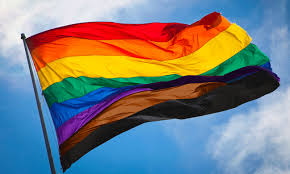There are many aspects of sexual identity that are complicated and interrelated, including our biological sex, our gender identity and expression, our attractions and our behaviors.

Read more about each concept on the above picture here – https://www.genderbread.org/wp-content/uploads/2017/02/Breaking-through-the-Binary-by-Sam-Killermann.pdf.
Even something as “simple” as biological sex, or the formation of one’s genitals and gonads, is not as simple as first thought. Scientists have identified many different possibilities that don’t exist on a simple binary of male and female – https://www.scientificamerican.com/article/sex-redefined-the-idea-of-2-sexes-is-overly-simplistic1/.
Sex is different from gender and gender identity. People may express their genders in different ways and gender can be outside of the binary of masculine and feminine. However, society endorses certain gender roles and stereotypes that people may adhere to or reject. Sometimes people may feel that their gender identity does not match the biological sex they were assigned at birth – these people often identify as transgender.
Sexual orientation is how we often think about our sexual and romantic attractions. Common terms include lesbian, gay, bisexual, straight and others. Some people may not experience any sexual or romantic attractions and thus may identify as asexual or aromantic.
People who are sexual minorities may face stigma, social isolation, and lack of acceptance by family and friends. This may make them prone to more depression and anxiety, sexual assault, interpersonal violence, and suicide. There may also be legal issues of discrimination or unequal protection under the law.
